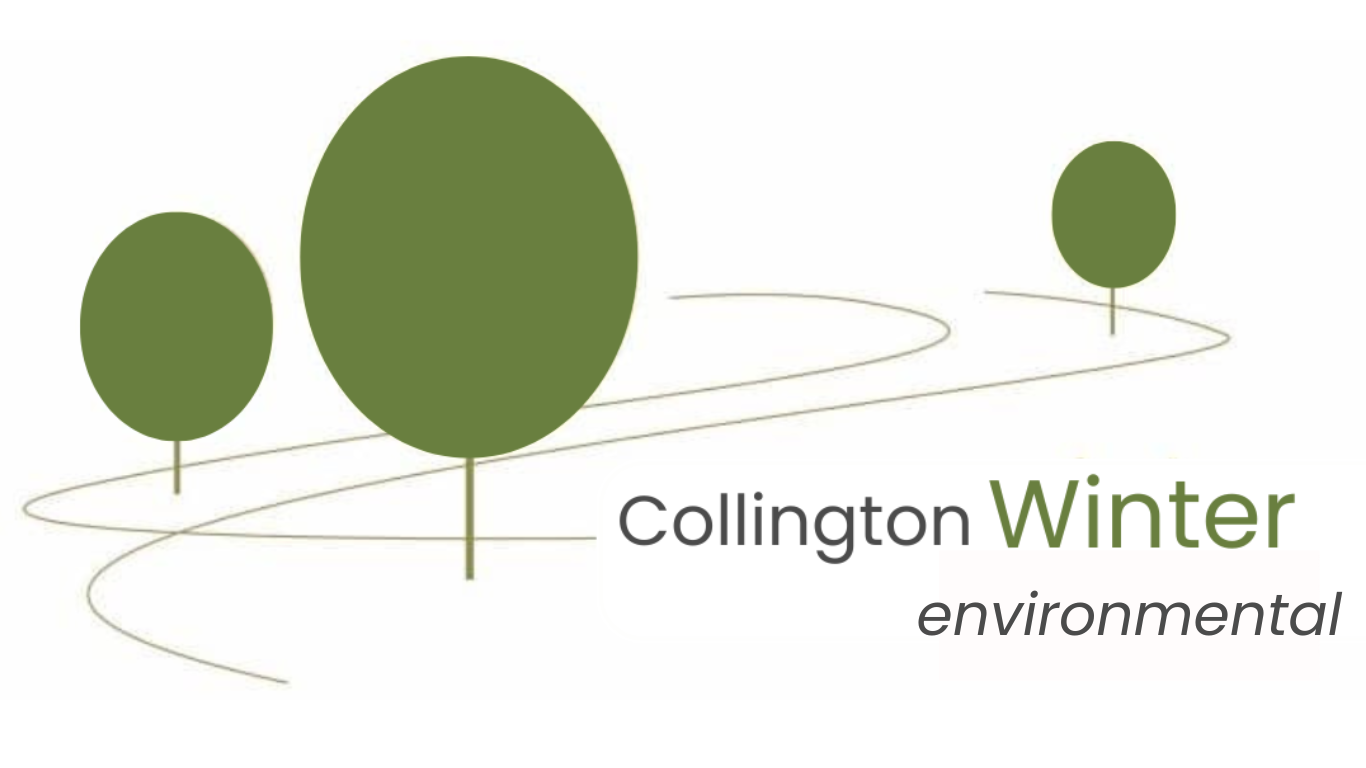Biodiversity Net Gain Sussex: Understanding BNG
Since February 2024, Biodiversity Net Gain (BNG) requirements have become a mandatory consideration for the majority of planning applications in the South East of England, including those in Sussex. Biodiversity net gain, Sussex, is designed to ensure that all new projects, whether they be in an urban or rural area, prioritise habitat creation and environmental improvement to ensure both people and nature positively benefit.
Rooted in the Environment Act 2021 and implemented through updates to the Town and Country Planning Act 1990, this policy helps foster the UK’s broader goals for nature recovery and a balanced climate. It represents a move towards developments being evaluated over their impact on local ecosystems rather than economic impact.
Sussex developers are now required to demonstrate a minimum 10% biodiversity net gain – on or off-site (where it is not possible on-site) – as a condition of planning permission. This planning requirement applies to both minor and major developments, from small site residential development to large commercial sites.
To comply, developers must carry out detailed habitat assessments and submit a biodiversity net gain plan, outlining how the net gain will be achieved and maintained over time. Early engagement with the ecological consultants is strongly recommended to plan and organise these assessments; this is best to avoid delays and ensure the successful integration of BNG into the planning application process.

Supporting Nature Recovery with Biodiversity Net Gain, Sussex
To support the natural assets which Sussex has to offer, developers are encouraged to work with the Sussex Local Nature Recovery Strategy (LNRS) in mind. This ensures developments deliver measurable biodiversity improvements that align with regional priorities, such as enhancing the country’s hedgerows, reconnecting wildlife corridors that have been forgotten, and protecting habitats for key species like water voles, skylarks, and great crested newts.
In situations where on-site biodiversity enhancement is not feasible, whether this be because of space constraints or existing land use, both East and West Sussex County Councils alongside Mid Sussex District Council push the initiative of off-site BNG units. These can be purchased through recognised habitat banks or biodiversity offset providers, ensuring gains are delivered within ecologically relevant locations.
Popular off-site biodiversity credits include woodland creation, peatland and wetland restoration, and the rewilding of degraded farmland. All enhancements must be maintained and monitored for a minimum of 30 years, with encouragement to last into the future to continue to deliver the positive effects of Biodiversity units.
Understanding Biodiversity Net Gain in Practice
BNG applies to all types of developments, including:
- Residential developments with 10+ homes or sites larger than 0.5 hectares.
- Commercial or industrial building with over 1,000m² floorspace.
- Smaller scale projects, which may still need to meet BNG criteria depending on local authority guidance.
The goal of BNG is not simply to offset the harm caused by development, but to embed nature-positive outcomes into long-term planning. This involves site analysis, mitigation, and boosting habitats – to leave the natural environment better off rather than just minimising damage.
To meet BNG requirements, our ecological consultants work side by side with developers to use Natural England Biodiversity Metric tools, allowing them to quantify baseline habitat conditions and predict gains after the development is completed. Monitoring, habitat management plans, and ongoing stewardship are also required to ensure that promised gains are carried into the future.
Key Principles of Biodiversity Net Gain
There are ten guiding principles that underpin successful BNG development plans:
- Follow the mitigation hierarchy to reduce biodiversity loss.
- Avoid impacting irreplaceable habitats and protected species.
- Work collaboratively and transparently with stakeholders.
- Promote sustainability across ecological, social, and economic dimensions.
- Engage with specialists and local communities throughout the project lifecycle.
- Deliver measurable, long-term improvements to biodiversity.
- Account for potential risks and changes over time.
- Aim to exceed the 10% requirements when possible.
- Use the latest biodiversity metric tools
- Ensure projects provide lasting value for nature.
How Collington Winter Environmental Can Help with Biodiversity Net Gain, Sussex
At Collington Winter Environmental, our team of ecologists and environmental consultants works with developers and land managers across Sussex to ensure BNG compliance. We assess habitats using the latest statutory biodiversity metrics and assemble detailed biodiversity net gain plans to guide developers through this sometimes tricky part of their development journey.
Our experts are familiar with local planning authorities’ policies and requirements, and we offer practical, tailored advice to support an application with the health and wellbeing of habitats in mind.
Whether you’re managing or planning a development project in Sussex, our consultants can offer vital insights into the national planning policy framework to help you meet your obligations and have a positive impact on biodiversity.
To learn more or speak to an ecological consultant about how we can help your development site achieve BNG, contact us at info@collingtonwinter.co.uk or fill out the contact form below.
Contact Us
Registered Address
23 Bark Street East, 1st Floor, Bolton, BL1 2BQ
Cambridge Office
Future Business Centre, Cambridge Campus, Kings Hedges Road, Cambridge, CB4 2HY
Leicester Office
Rutland House, 23-25 Friar Lane, Leicester, LE1 5QQ
Bristol Office
Newminster House, 27-29 Baldwin Street, Bristol, BS1 1LT
Telephone
Head Office: 01204 939 608
Dumfries Office: 01387 378208

